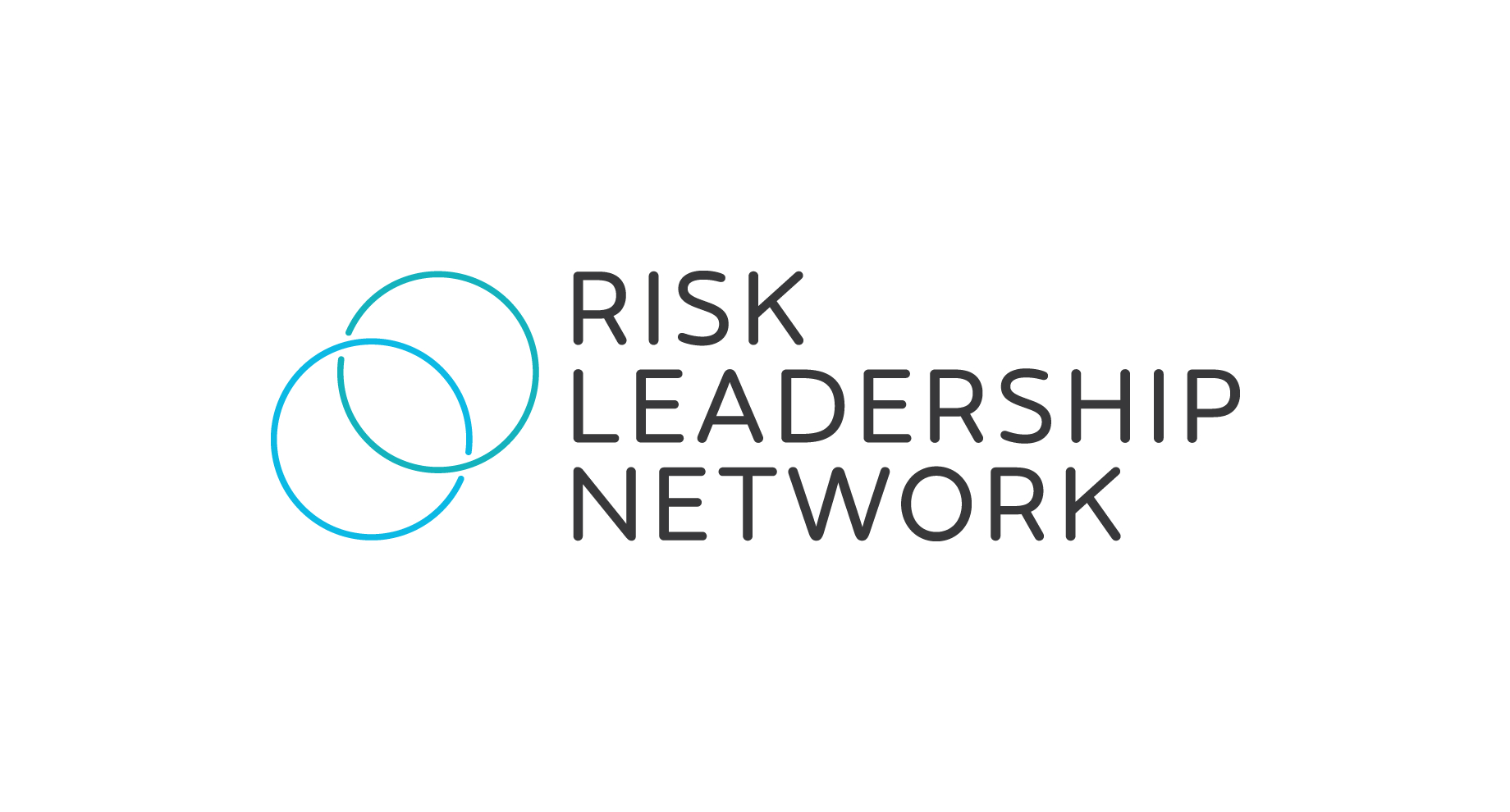The who, what, where, when and why of a captive feasibility study
Setting up a captive insurance company could provide a solution to the rising rates and shrinking coverage that is impacting many organisations around the world. But what key considerations are risk managers across our network taking when it comes to captive insurance?
Download now [Template]: How hack a hardening insurance market
Setting up a wholly-owned subsidiary to provide insurance can be a way to cushion market limitations and rising premium costs in tricky business areas such as cyber risk or property insurance.
Known as a captive insurance company, this is an alternative way of self-insuring rather than absorbing risks that might, depending on the state of the market, be more difficult or costly to cover on the open market.
While risk and insurance professionals tend to be aware of the concept, other members of your organisation may not be as familiar.
As such, you need to communicate the ins and outs of this option which usually begins with undertaking a feasibility study to gauge whether establishing a captive is the best option for your organisation.
As part of our ongoing insurance cohort series of member meetings, risk leaders across the globe have been sharing their experiences and lessons learned on captive insurance with peers in the network.
Based on their recommendations, find below the “who, what, where, when and why” of conducting a feasibility study for this insurance option:
Why?
The main selling point of a captive is that it can potentially provide those hard-to-place insurance coverages or larger limits at a price more favourable than the market demands.
Another important feature is the ability to have greater influence over the actual policy wording (the policy form).
While not as significant, other benefits include faster claims processing and lower overheads, compared to that of traditional large insurers.
When?
Our members who have conducted feasibility studies for captive insurance warn that it should be viewed as a long-term solution.
It will take time to balance funding the captive versus the rewards of this option - cost savings in terms of running the captive or speed of claim processing, for example. This point must be well understood by the board in advance, given the potential for losses in the initial years.
As part of this, a key factor to consider in the study should be the extent to which the captive is backed by reinsurance. This is vital to mitigate large losses in earlier years when the capital base is low.
What?
By conducting a feasibility study, you can help your organisation decide whether there is a genuine benefit to be derived from setting up a captive.
The key factors to consider when developing a feasibility, assuming the underlying market conditions warrant it, are as follows:
• choice of captive domicile
• tax considerations (although organisations generally try to avoid publicly focusing on this aspect)
• what lines of cover do you want to put into the captive and when
• establishment costs, including legal; dealing with the local regulator; and company registration
• ongoing costs including captive manager, actuarial, audit and accounting, and directors fees
• whether the regulator in the captive domicile permits capital loan back to the parent organisation
Who?
In addition to senior executives and other employees from relevant business areas, you might also consider getting external help or use your broker to prepare a captive insurance feasibility study. An independent advisor can support the organisation in setting up and conducting the study.
Members who have taken this option point out that using a broker for this can produce biased results, given the chance the broker might be engaged to run the captive. Note, though, that some corporate leaders use one broker to prepare the feasibility but give management of the captive to another, to avoid such bias materialising.
Where?
The attitude to captives in your country or region is an important issue to explore during your feasibility study and may influence the decision of where it is set up. Most organisations will use a traditional captive jurisdiction: these include Bermuda, Singapore, Delaware (USA) and Guernsey.
Given the rising importance of environmental, social and governance (ESG) issues in recent years, however, some members are concerned that establishing a captive in a traditional tax haven could be seen as an attempt to avoid tax.
That said, other members highlight that many domiciles are changing their reputations, and so very few today would actually be regarded as blacklisted tax havens and expose a company to any reputational issues.
This is an issue that should be carefully considered during your feasibility study, therefore, and fully discussed with the board.
Interested in finding out the other ways risk professionals are knowledge-sharing and networking within Risk Leadership Network, besides member meetings? Click here to find out more.
Share this
Related posts you may be interested in

Risk Leadership Network's virtual meeting programme expands at pace

How to apply AI to risk management
